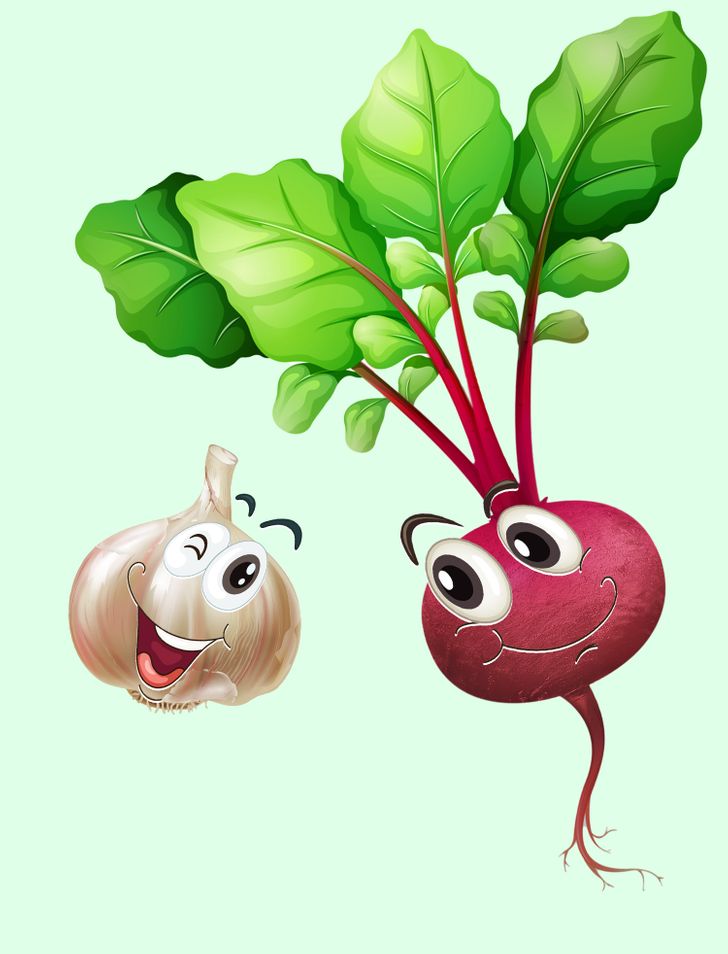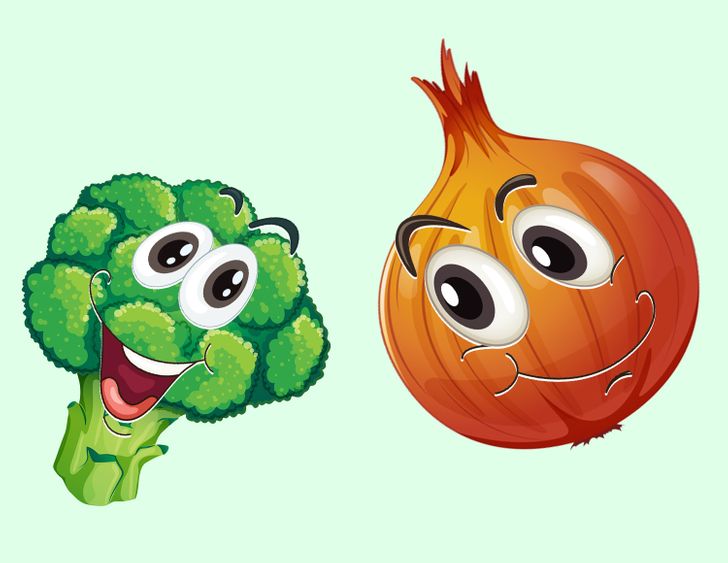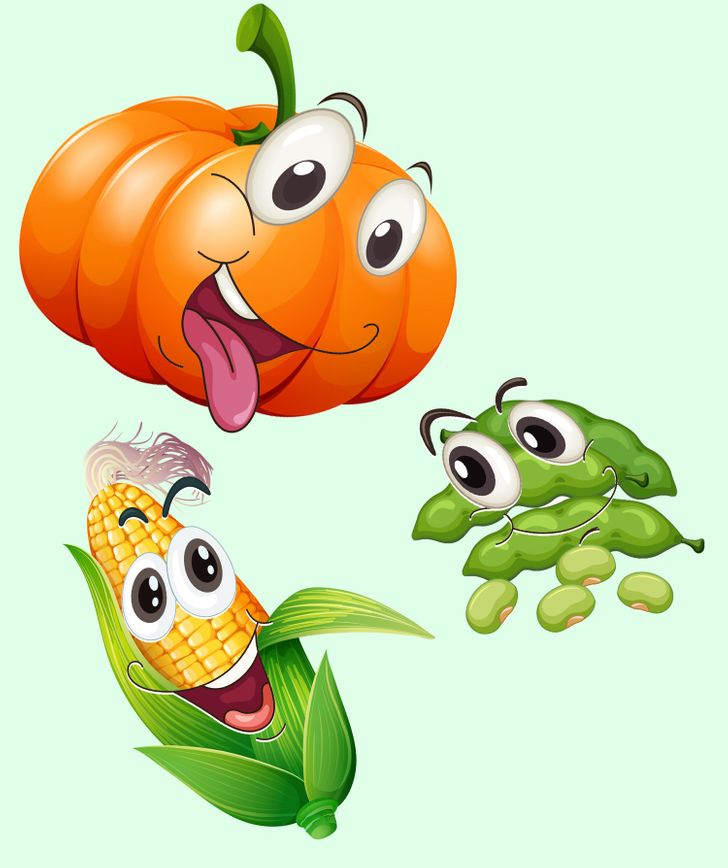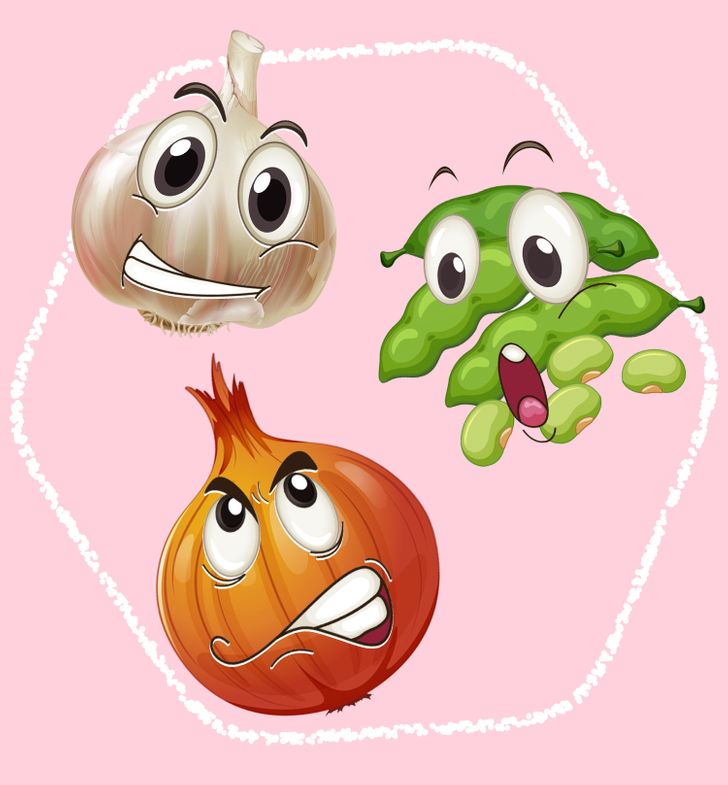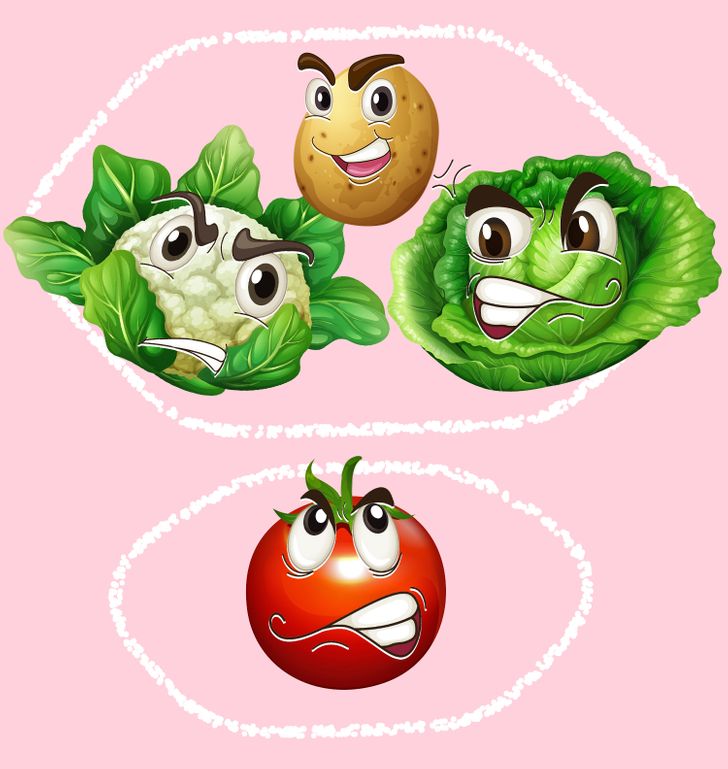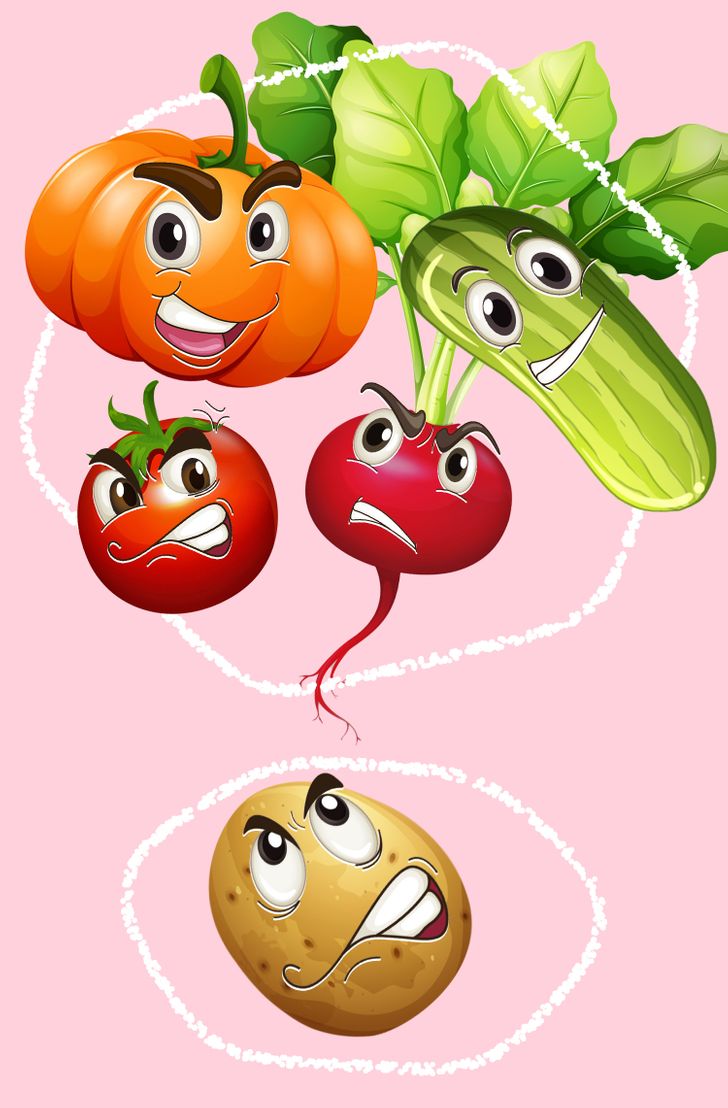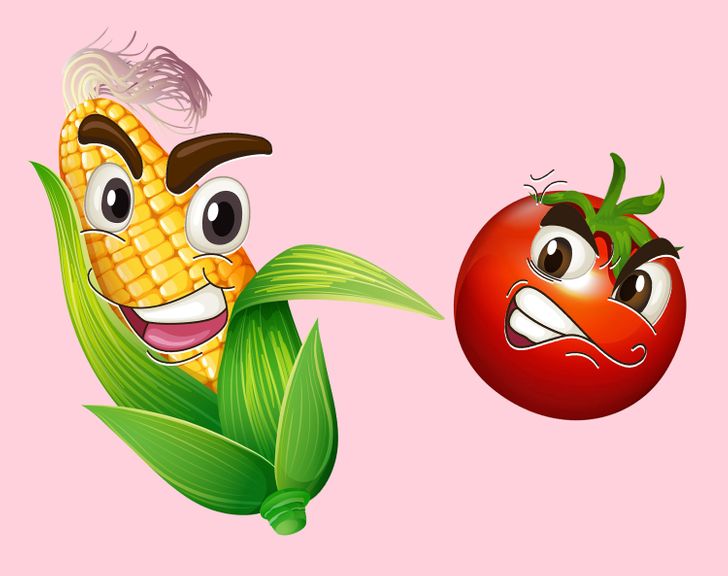Which Vegetables Can Be Planted Next to Each Other and Which Can’t
Experienced gardeners are well aware that the harvest of vegetables depends on more than just properly caring for them. The location of plants in relation to each other is also important.
5-Minute Crafts is going to tell you what types of couplings between garden crops can be successful and which ones will bring nothing but disappointment.
What companion planting is and why it’s important to take it into account
Not all plants in your garden are good companions. Some of them only do well next to certain crops. Correctly chosen companions are able to create good conditions for each other as well as perform certain functions.
- Repelling insect pests
Some plants can repel insect pests that are acting as natural repellents and thus protect the crops growing next to them from damage. For example, many insects can’t stand the smell of garlic. - Attracting pollinating insects
Thanks to the bright aroma, some flowers can attract pollinating insects to the neighboring crops too. Experienced gardeners often use this trick by planting crops that are unattractive to insects next to ones that smell good. - Improving soil fertility
Some vegetables, like beans and peas, saturate the soil around them with nitrogen, which is often beneficial for the growth of other crops. Moreover, plants with long taproots, like burdock, are able to lift nutrients from the depths to the soil surface and thus help feed plants with small roots. - Increasing the speed of companion plants’ growth and improving their taste
Marjoram, chamomile, summer savory, and some other plants release specific chemicals that encourage faster growth in the crops around them. Also, some of them can enhance the taste of plants growing next to them. - Creating nice growing conditions
Tall plants with big leaves, like oregano, can provide necessary shade to other sensitive crops growing under them. The plant serves as a blanket, protects the soil from over drying, and helps preserve the coolness of the crops that require it. Tall, tough-stemmed plants like corn and sunflowers can support sprawling crops such as cucumbers and peas. - Weed suppression
The number of weeds in your garden can be minimized if you plant sprawling crops (like potatoes, for example) with tall, upright plants.
Which plants make good companions
- Carrots and leeks can become good repellents for each other. Carrots can repel pests from leeks, while leeks can repel pests from carrots.
- Garlic is a wonderful companion for beetroots. Its smell repels the main pests of beets. Placing garlic next to beets also improves their taste, while the sulfur that garlic produces as it grows prevents various diseases in the beets.
- Corn will feel good with beans, which will enrich the soil with the nitrogen that corn needs for growth. Beans will benefit from growing next to rosemary and nasturtiums that can scare off aphids.
- Basil can increase the yield of tomatoes and help in fighting pests.
- If you plant broccoli next to onions, you’ll enhance its flavor.
- Broccoli will feel good next to oregano, which will serve as a pest protector.
- Thanks to the active production of nitrogen in the soil, peas can stimulate growth in cucumbers. Also, legumes (beans, kidney beans, and peas) can contribute to the proper growth of carrots.
- Corn, beans, and pumpkin (as well as kidney beans and zucchini) feel good next to each other. Corn stalks support beans as they grow and the latter, in their turn, produce nitrogen, which helps plants around them grow more actively. Pumpkin’s big leaves that grow close to the ground protect corn and beans from weeds.
- Cabbage attracts a big number of pests. Aromatic herbs like dill, rosemary, and thyme can help you get rid of these pests.
Potatoes will grow well next to kidney beans and cilantro. Kidney beans will help potato tubers develop more actively, while cilantro will protect the vegetable from pests like aphids, spider mites, and the Colorado potato beetle.
Oregano and zinnias will help attract pollinating insects to zucchini, while nasturtium will help protect this vegetable against aphids and whiteflies.
Which plants should not be planted next to each other
- Fennel should be grown far from all other plants because it can affect their growth negatively.
- Sage can grow next to rosemary, but it doesn’t like to have dill or basil as a companion. Onions don’t like to have sage as a neighbor.
- Cabbage, cauliflower, dill, and potatoes will feel uncomfortable next to tomatoes.
- Cucumbers don’t like to have aromatic herbs like rosemary and sage as their companions.
- Kidney beans shouldn’t be planted next to any type of onions or cabbage. This type of coupling can also harm garlic and mustard.
- Corn doesn’t grow well with tomatoes. Perhaps the reason is that both of these plants require nutrient-rich soil and they start to compete with each other when in companionship.
